Scammers have evolved and invaded the digital space to find their victims and do their thing; to get their victim’s hard-earned money without them realizing it. And in this time of the pandemic, they became more rampant and most of us are vulnerable.

One of the ways that scammers do now is what they call the SIM swap scam. This is the last step carried out by scammers in order to take over a person’s financial accounts such as bank account details, trading information, e-wallet, and/or credit cards.
This is being done by a scammer by closely monitoring their victim. They will invest their time to gather the victim’s bank account details, e-mail addresses, online credentials, personal facts, and identification together with the mobile number registered with the bank for sending a one-time password (OTP). Bank statements, utility bills, delivery packages, and other documents that contain personal information disposed of in an unsecured manner can also be the scammer’s source of getting their victim’s information. In addition, they can also call their victim pretending that they are a bank or telco representative and ask for some of their personal information in exchange for offers or perks.
In other words, scammers will do everything to get every piece of their victim’s information.

Here are the indications that a person may have veen victimizd by a SIM swap scam:
- Sudden loss of mobile signal.
- The victim is being notified of log-in attempts or activities that are being recevied most of the time via e-mail which the victim did not perform.
One of the telco providers in the Philippines, Globe Telecom, has shared their tips on how we can protect our information to avoid this type of scam:
- Use strong and unique passwords – Most of us have our own online account/s that is password protected. But sometimes, the password we have set is not strong enough to protect it. Hence, it is highly recommended to use the most unique password possible containing an alphanumeric combination and symbols and it must not be easily guessed by anyone and must not contain any personal information such as birthday/birthdate, anniversary date, pet’s name, middle/maiden name, among others. The password should also be changed regularly, and use authentication methods such as security keys, applications, device prompts, and 2FA (two-factor authentication).
- Do not share any personal information on social media – Birth dates, anniversary dates, TIN, school or company ID, passport details, and other information must not be shared as these may compromise our own safety and scammers may also get the answer we set on our account’s security questions from these details.

On the other hand, here are the steps we can do if a SIM swap occurs. This applies to both prepaid and postpaid subscribers:
- Immediately change the password/PIN of bank and digital accounts.
- Inform the bank/s about the incident for their action and also report it to the concerned authorities.
- For postpaid users, they may call the Globe hotline at 211 or use the new GlobeOne app and under “Account Requests”, request to temporarily disconnect the line. On the other hand, both postpaid and prepaid users may go to the nearest Globe Store to recover their mobile number and get a SIM replacement.
- Monitor digital and financial accounts.
In addition, Globe is implementing stricter measures to prevent unauthorized SIM change:
- Replacement of lost SIM – this includes a 24-hour SIM reactication to allow stronger customer verification.
- Notarized affidavit of loss – this is mandatory and is patterned the same way with what the banks require when replacing lost cards and other financial records.
Times are tough and most of us are struggling to earn just to provide something for our family. And unfortunately, others are doing anything in their capability to earn money in the fastest and easiest illegal way. Let us protect ourselves and our hard-earned money. Be extra careful, vigilant, and aware of these scams, and educate everyone so that this will no longer victimize more people.





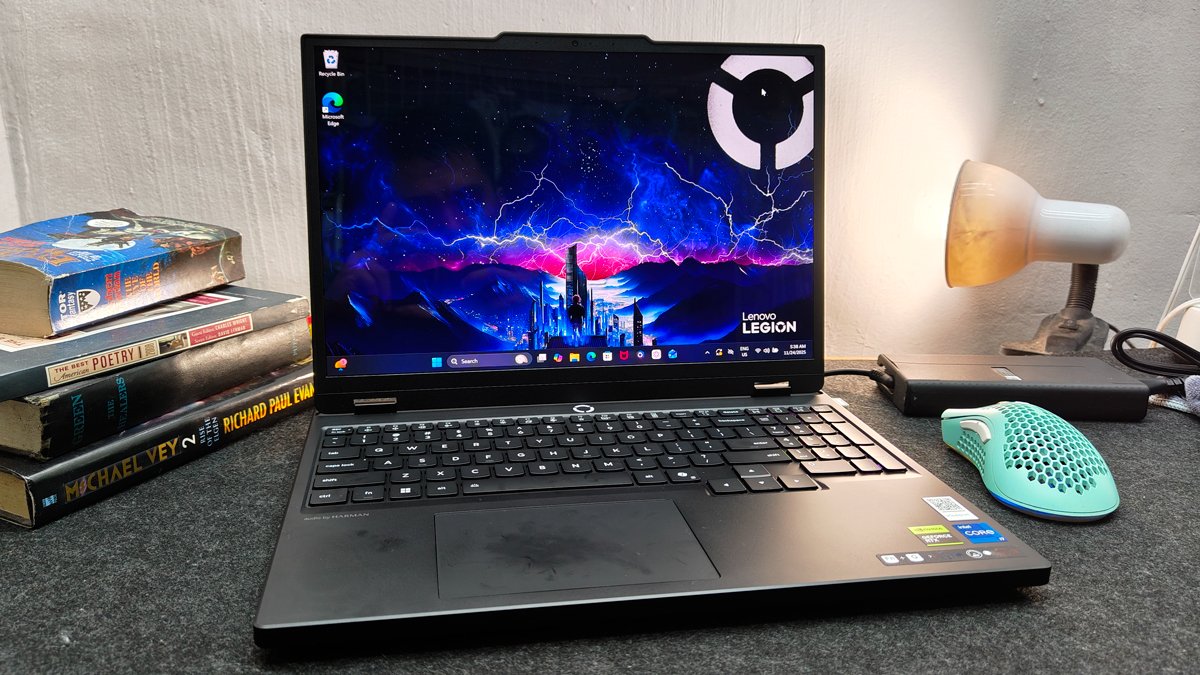

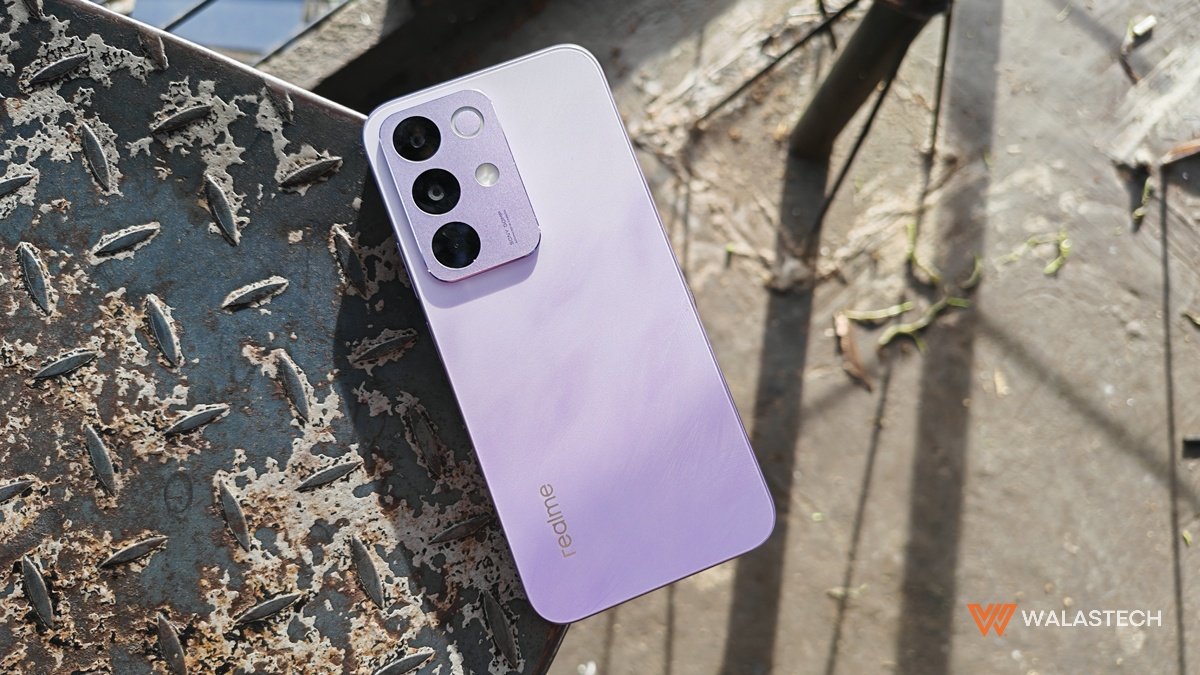
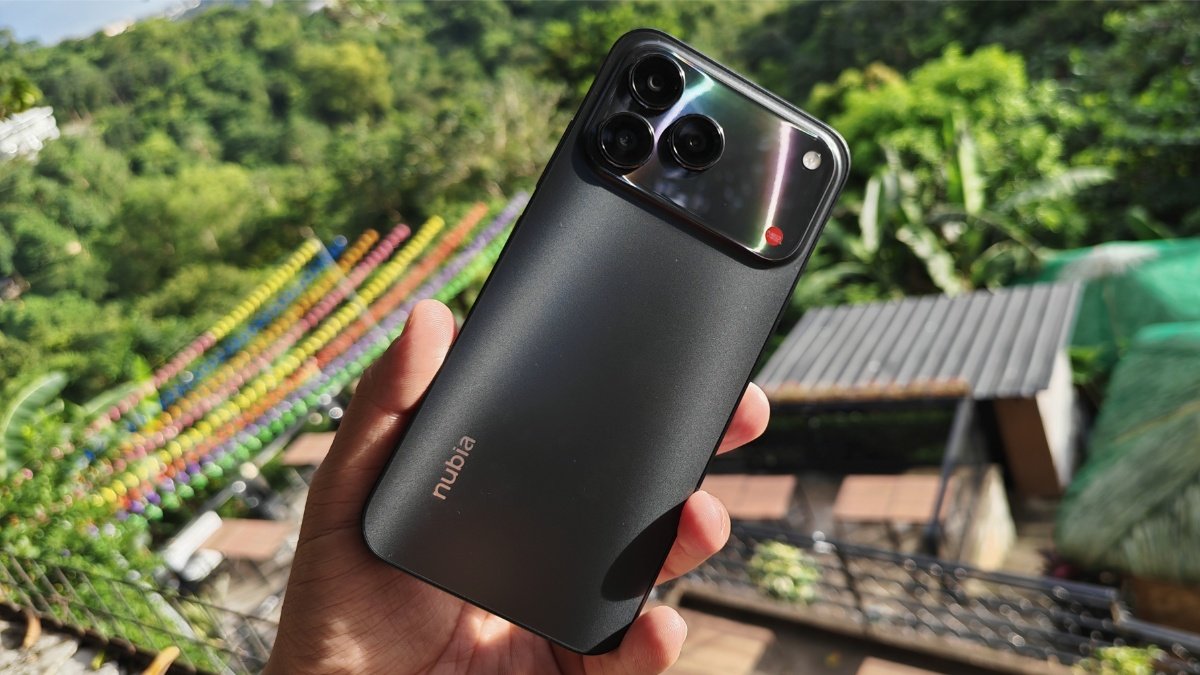
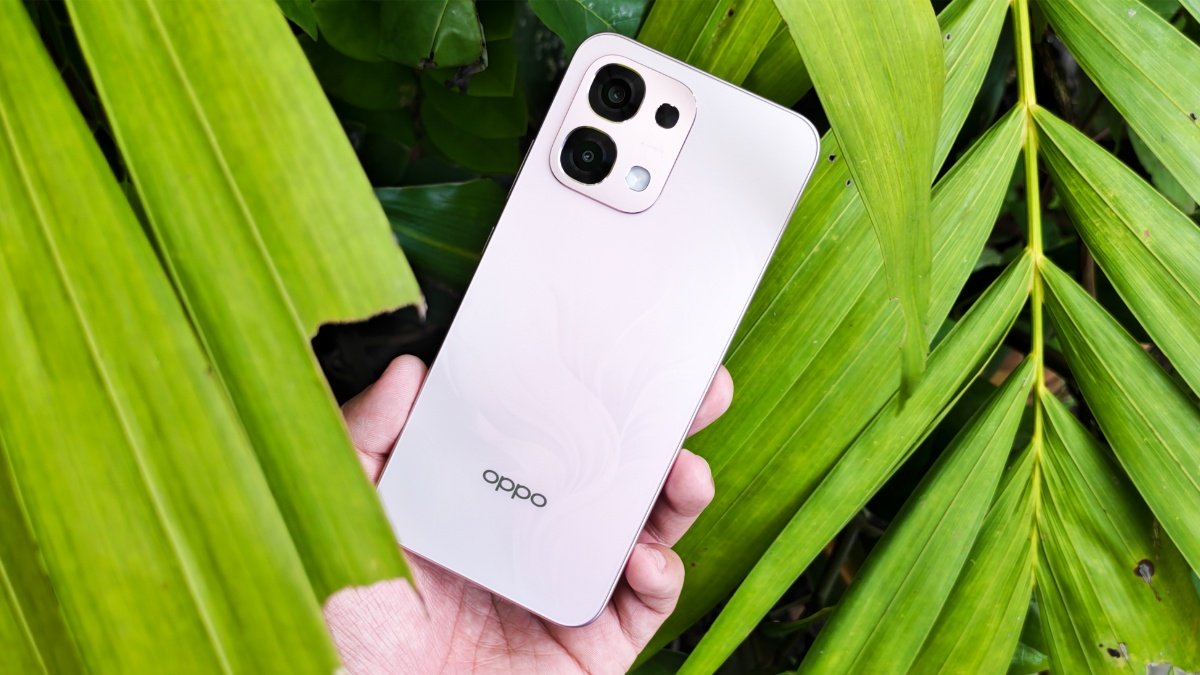






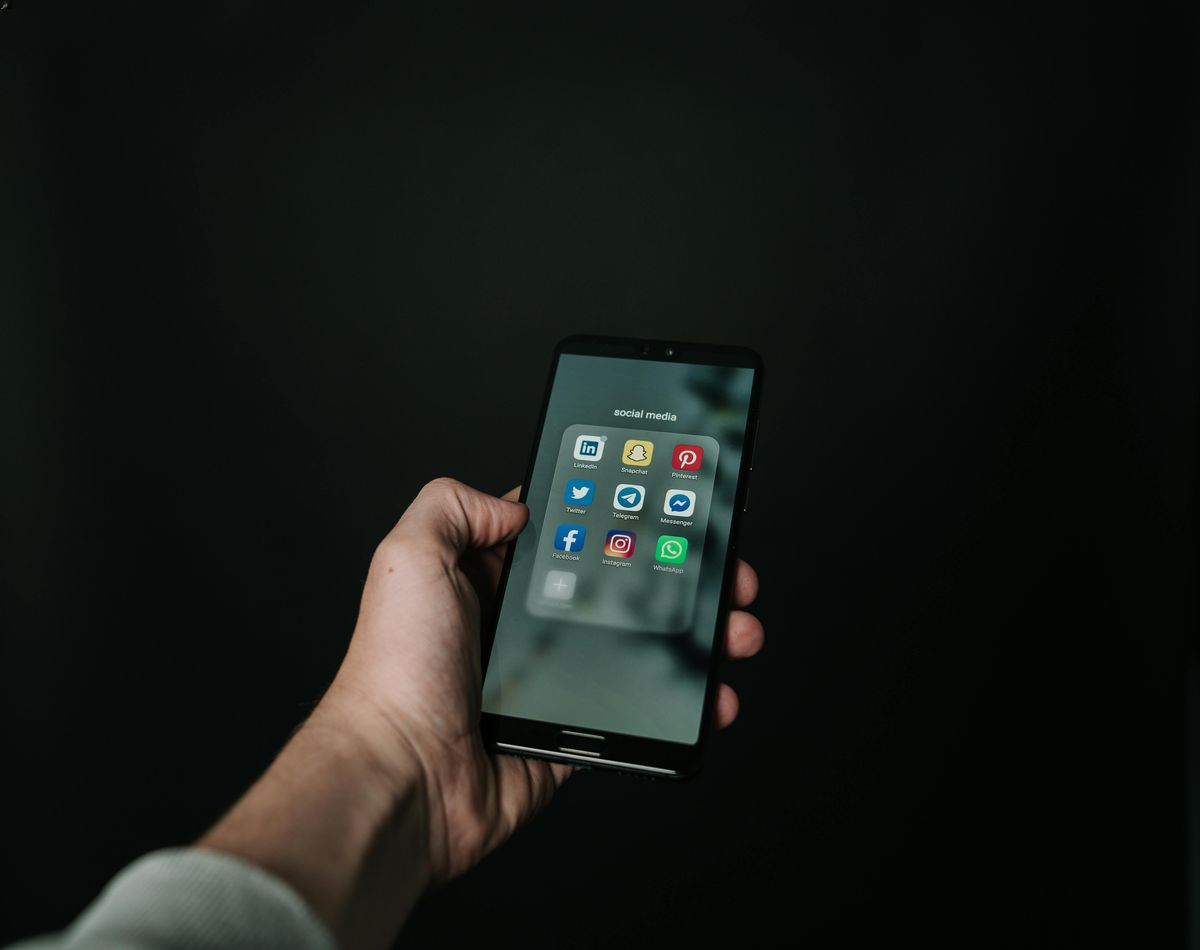





Leave a Reply